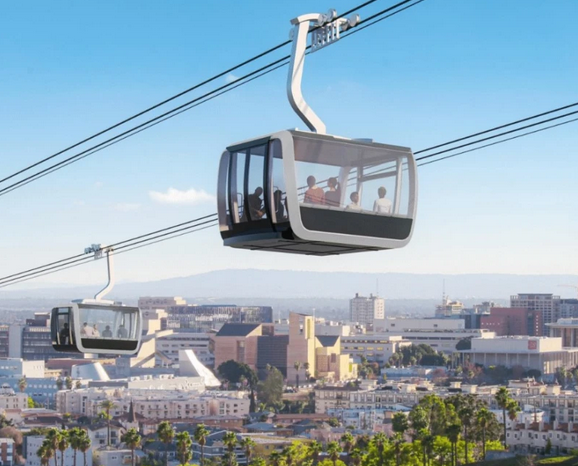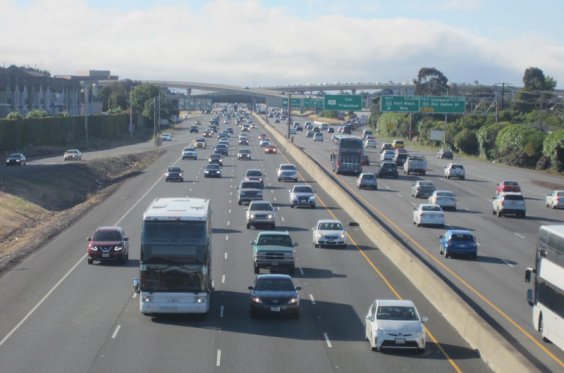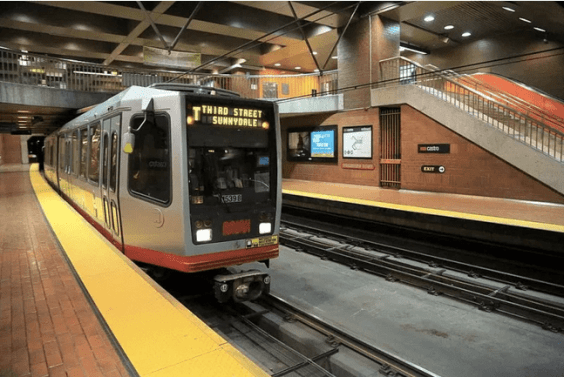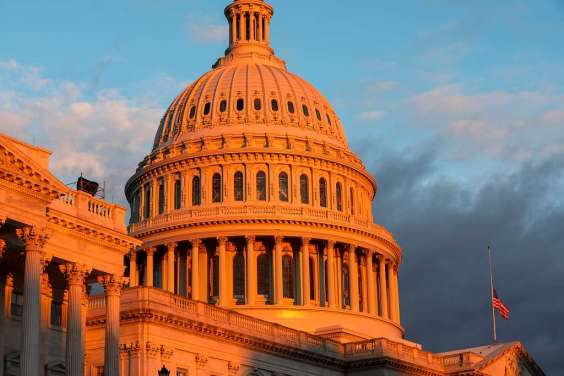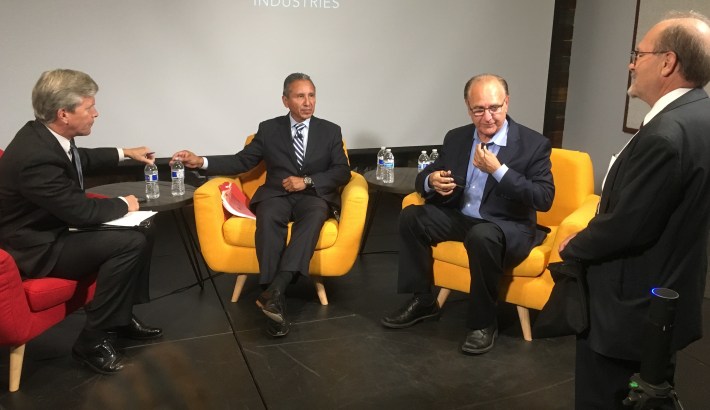
Last night, the two remaining candidates for Mayor of Fresno met in the city’s downtown at a forum sponsored by the Fresno Bicycle Coalition, The League of Women Voters, Streetsblog California, Cultiva La Salud, and others. The forum covered what Fresno can and should do to encourage a mix of clean and green transportation options for the state’s fifth largest city.
By the end of the night, it was clear that both candidates, Councilmember Lee Brand and County Supervisor Henry Perea, care about creating a safer and more accessible city, but neither had fully thought out how to use the mayor’s seat to achieve that goal.
Despite the continual prodding of moderator Mark Keppler, Executive Director of the Maddy Institute at Fresno State, neither candidate would commit to increasing the city’s bike trails by a certain number of miles nor to placing a tax on a future ballot to increase active transportation options.
Brand did say he wanted to “double” the city’s bike trail network in his term, a vague promise that drew a half-serious response from Perea that he would “at least match Lee.” Both candidates could tick off trails that they would work on seeing completed, but stopped short of guaranteeing construction for any except the mid-town bike trail which will likely be completed before they take office.
But that doesn’t mean that there weren’t a lot of important issues covered. Perea, who often returned to discussing the need to better connect the city to its downtown, promised to work on a streetcar line that would connect downtown to the city’s Tower District of artists and small businesses.
“The streetcar is not a priority for the City of Fresno right now, but it would be for me as Mayor,” Perea promised. Discussing the line’s impact on revitalizing more than the Tower District and downtown, he added, “All that old, historic, Fresno housing along those corridors is going to pop.”
Perea twice pushed the idea of creating a bike trail along Van Ness Avenue to connect downtown to the southern portion of the city. However, there is the problem of crossing Ashlan Avenue, a sprawling, six-lane, high-speed street. Perea suggested a tunnel under the avenue as a possible solution, but wants to explore more ideas once he is in office.
While Brand may have lacked some of the specifics expressed by Perea, he showed a command of economic issues and understands how economics plays into what can and can’t be funded. He also connected with the audience, telling stories of how his family felt safe letting him walk to school and anecdotes from when he was a more active bicycle rider than he is today.
“As a cyclist for many years, I know what it’s like to be out there in the traffic. I’ve ridden in other cities, and I know the challenges Fresno faces,” Brand said in his opening statement.
Despite representing a higher income portion of the city than Perea, Brand was also keen to the idea that the city needs to invest more in its lower-income communities of color than the areas that have already seen significant investment. “South of Shaw has a lot of work to do to catch up to North of Shaw,” he said of a road traditionally thought of as an unofficial dividing line in the city.
Both candidates went back to the idea that while the entire city could use new investment, South Fresno needs it more urgently. Anecdotally, the candidates claimed the sidewalks were either cracked, broken, or nonexistent through much of South Fresno, perhaps in as much as 40 percent of that portion of the city.
While much of the discussion was on active transportation and transit, Brand did once state that overall “moving traffic needs to be a priority.” However, he also stated that the city needs to do more to build more and find ways to encourage people to change their lifestyles.
“It’s a major P.R. effort to get people to change their lifestyles. The way to do that is to make it safe,” he said.
The tone of the forum was light and most of the time it seemed that both candidates wanted to build on what the city was already doing. But at least twice in the evening, Perea took aim at City Hall.
The first time was in his opening statement, when he wondered about opening the pedestrian mall on Fulton Street to traffic without adding separate infrastructure for bicycling. The second was when he implied that the city had already crafted a list of projects to submit to the state for cap-and-trade funds without going through a public process. This list, he argued, would not reflect the needs of the city’s disadvantaged communities of color, the very communities the state’s greenhouse gas reduction program aims to help the most.
When it comes to reaching out to the communities, neither candidate offered much in the way of new ideas. Brand seemed happy with the traditional outreach model of holding community meetings around plans and soliciting feedback. Perea went one step further, promising increased outreach to the community groups and leaders that have been working in South Fresno in addition to the traditional process.
But Perea bought the conversation back to the need to reach out BEFORE the city starts asking the state for grants to improve streets. “What a tragedy it would be, and what a bad message it would be, if we didn’t have that conversation,” he said.
The mayoral election will be held on November 8 at the same time as the national election. The new mayor will be sworn in to office in early 2017.
